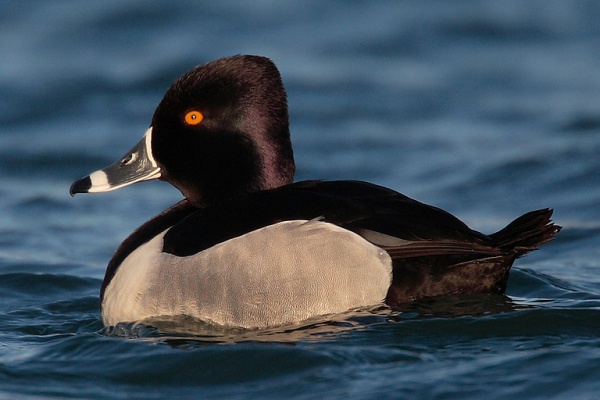Facts About Ring-necked duck
The ring-necked duck is a diving duck native to North America, frequently observed in freshwater ponds and lakes. Its name is derived from Greek and Latin words that describe the distinctive markings on its neck.
Male ring-necked ducks are larger than females and exhibit striking features: a black angular head, white rings around their bill, and yellow eyes. Females, on the other hand, possess a grayish-brown body, a dark bill, and brown eyes.
These ducks breed in the forested lakes of the northern United States and Canada, with the northwestern boreal forest serving as their primary breeding ground. During the winter, they migrate to the southern regions of North America.
Ring-necked ducks are omnivores, enjoying a varied diet. They typically lay 8 to 10 eggs in bowl-shaped nests constructed on water amidst dense vegetation. The female incubates the eggs for 25 to 29 days and cares for the ducklings until they are ready to fly.
While they are rare in Western Europe and Central America, these ducks occasionally appear there. Sightings have been reported in countries such as the UK, Ireland, and Costa Rica.
